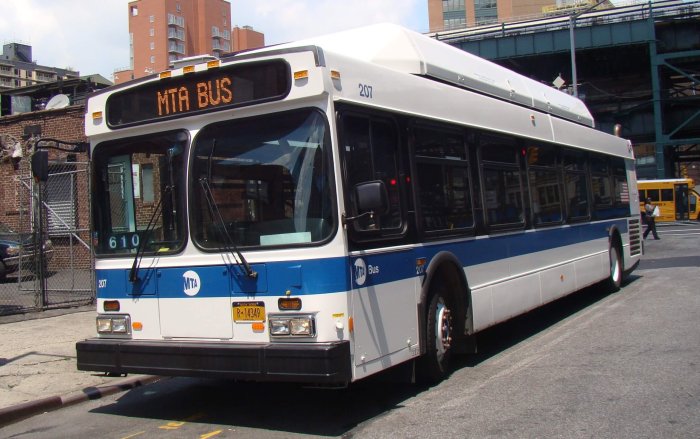By Charles Hack
The state officially approved transfer of ownership of four piers to the Brooklyn Bridge Park, paving the way for the park authority to start searching for developers to build the 85-acre park and buildings within it. The Public Authority Control Board (PACB) approved the transfer of piers 1,2,3 and 5 from the New York and New Jersey Port Authority on Feb. 7 to the Brooklyn Bridge Park Development Corporation (BBPDC). In the coming months, the development corporation will start to send out Requests for Proposals (RFPs) to developers, according to Deborah Wetzel, spokesperson for the BBPDC’s parent organization, the Empire State Development Corporation. Before work can start in each section of the park, the property must be legally transferred to the development corporation. Wetzel said that PACB approval is required for the acquisition of any property by state agencies, as well as when entering into leases. For the Brooklyn Bridge Park, this means the PACB will have to approve property acquisitions and new leases for Pier 6 at Atlantic Avenue, 360 Furman Street, and the Empire Stores warehouse in Fulton Ferry Landing, as well as the lease for Pier 1, just south of the Brooklyn Bridge. Piers 4 and 6 were not included in the transfer from the Port Authority because they are already under the ownership of New York City, and will remain so. “This is really a critical step forward in the goal of creating a world-class park for New Yorkers,” said Sam Cooper, spokesperson for Assemblymember Joan Millman. “By requiring the BBPDC to seek approval from the PACB, it will give legislative members in the community direct oversight as the project moves forward.” The Public Authority Control Board includes representatives of the governor, the Senate majority leader and the Assembly speaker. Cooper said that Millman and State Senator Martin Connor had urged Assembly Speaker Sheldon Silver to require that the PACB consider each acquisition or lease separately, to give politicians more control to ensure the development in the park adheres to the General Project Plan and minimizes residential building. “This way we can ensure that development is limited only to the parcels outlined in the General Project Plan, as well as ensure that the terms of the lease are structured to gain the maximum amount of revenue necessary with the least development,” said Millman said in a statement. The Empire State Development Corporation approved the General Project Plan in January. “We can get closer to getting the open space on the waterfront. What actually gets built is as important as when it gets built,” said Evan Thies, spokesperson for Councilmember David Yassky’s office. “While the red tape is sorted through there is still time for elected officials to make adjustments the community wants to the plan.” Eighty five percent of the park is due to be completed by 2010 and the entire project finished in 2012.


































